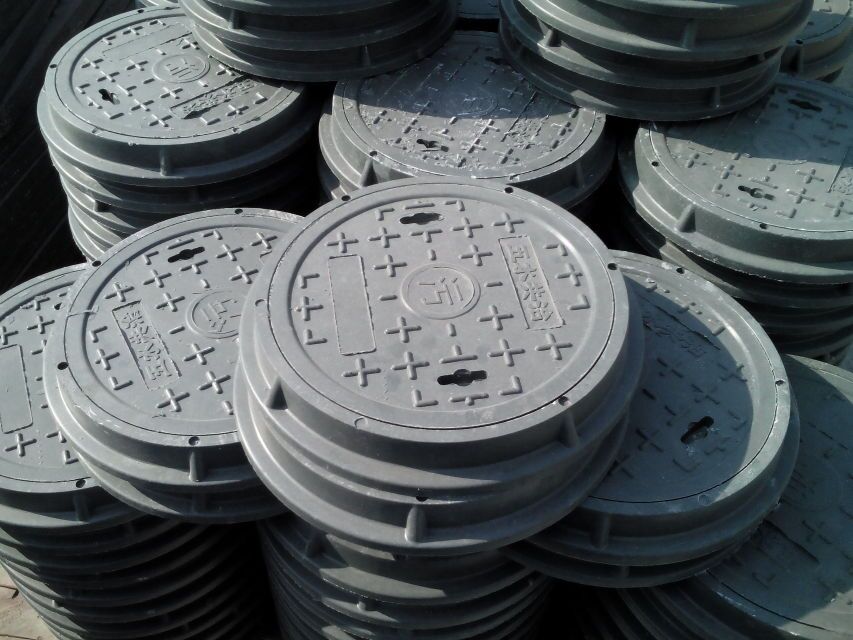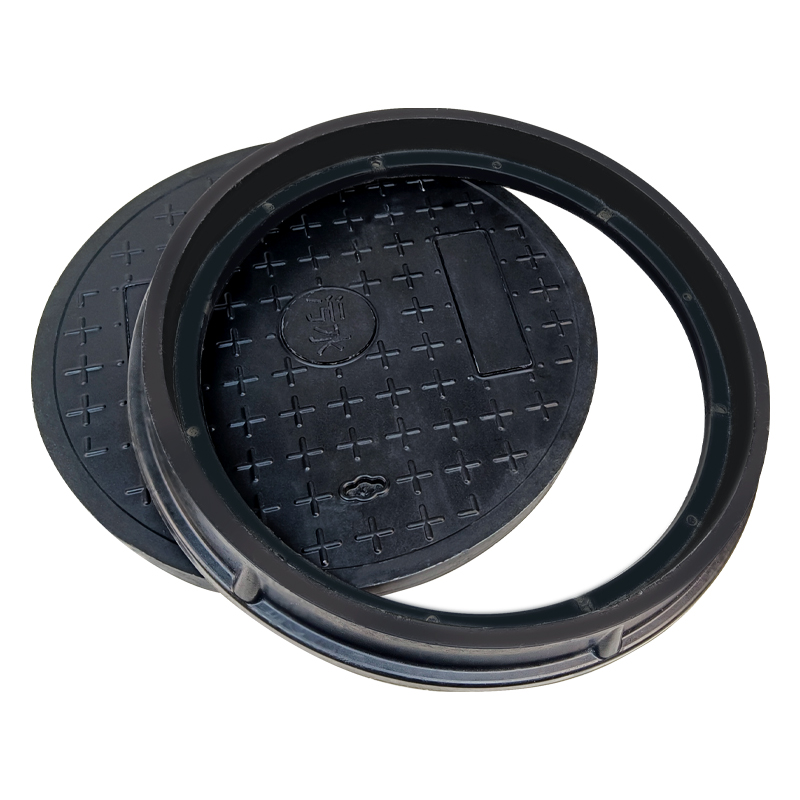Choosing the right manhole covers for your project is critical because they provide critical access to underground utilities for maintenance and repairs. Traditionally, heavy cast iron or concrete has been the material of choice, but advances in technology have introduced lighter, more durable options such as GRP/FRP and BMC.
Made from fiberglass embedded in a thermoset resin such as polyester or vinylester, GRP/FRP (Glass Reinforced Plastic/Fiber Reinforced Plastic) covers are lightweight, strong, waterproof, corrosion-resistant, and very easy to maintain.

What is Frp Manhole Cover?
FRP manhole cover (glass fiber reinforced plastic) is a composite manhole cover made of polyester and fiberglass. This lightweight manhole cover excels in durability, strength, and corrosion resistance. You have to ditch the traditional manhole cover.
How Much Does a Man Cover Weigh?
The average weight of a manhole cover can vary greatly depending on the size, material, and construction of the manhole cover. A typical cast iron manhole cover weighs approximately 75-150 lbs (34-68 kg), while lighter composite manhole covers can weigh as little as 15-30 lbs (7-14 kg).
What Materials Are Used For Fiberglass Manhole Covers?
Fiberglass manhole covers are made from thermoset materials for long-term durability. The material is composed of cross-linked polyester and fiberglass reinforcement to resist the wear and tear of heavy-duty vehicle traffic. It is 40% lighter than traditional precast concrete and cast iron covers.

How To Make Frp Manhole Cover?
As the world is moving towards sustainable practices for healthy ecological spaces, our fiberglass manufacturing process also incorporates the values of maintaining sustainability. In this way, the world can become a better place.
Read this guide to the FRP Manhole cover manufacturing process to learn about the manufacturing process of FRP manhole products.
1. Preparation for compression molding
The first step in the molding process involves a combination of pultrusion processes, also known as pultrusion. It involves careful cleaning of the molding to ensure the final surface veil is smooth and stiff enough to bear weight.
After this, a release agent is used on the composite to ensure that the composite does not stick to the mold during curing.
2. Reinforcement of glass fiber
During this process, multiple layers of fiberglass roving are strategically laid down to achieve the desired length and thickness of the final product. Afterwards, a layer of resin is evenly applied to the surface of the fiberglass to ensure saturation of the composite.
Therefore, all these reinforcements pass through the preformed creel in a cross-sectional manner, ultimately forming the final product of the manhole cover.
3. Curing of FRP covering layer
Once the reinforcement is pulled from the pultrusion heated die, it undergoes the next step of thermosetting. This allows the resin to harden, giving the mold a rigid shape with all the reinforcements laminated together inside the mold.
The curing process requires optimal temperature control to maximize the strength of fiberglass reinforcements.
4. Cutting and trimming of final product
Once curing of the reinforcement is complete, the hard material goes through a sawing process. To give the composite fiberglass the exact shape required, excess material is cut off and trimmed before it is sent to the customer.
It also helps enhance the visual appeal of the FRP manhole cover and ensures a smooth surface on the final FRP product.
5. Quality inspection
Checking the quality of the product and workmanship plays a key role in ensuring that the fiberglass manhole covers meet the desired expectations and guidelines. When the FRP cover is in the fabrication stage, inspections are performed at every step to detect and correct potential defects.
6. Strength and durability testing
As you know, the main purpose of FRP gutter covers is to provide superior strength to withstand heavy vehicle and pedestrian weight in various commercial and residential infrastructures.
So we tested various FRP material samples to make sure they were strong enough for their purpose.
Previous: Merry Christmas!
Add.: Xiao Zhang industrial area, Zaoqiang County, Hengshui city, Hebei province, China.
Copyright © 2018 Miyafrp, all rights reserved. |Sitemap |